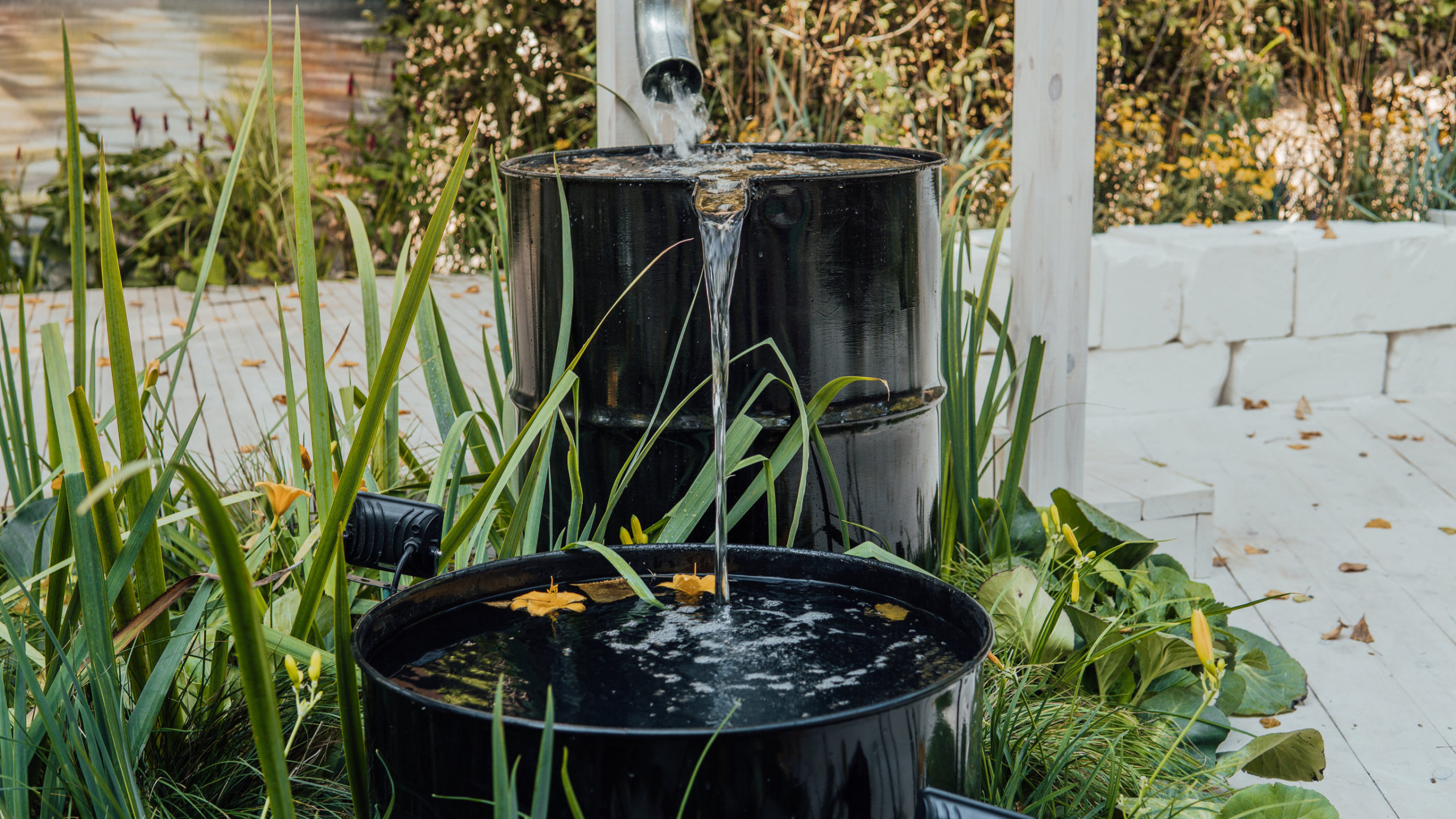
You may have read somewhere that leaving your tap water out overnight allows the chlorine to evaporate. Some even swear that this is better to water your plants with! But how true is this, and does it actually work?
As a whole, chlorine in tap water requires several days to dissipate, depending on the volume left out. However, this is redundant because municipal water systems now use chloramine to disinfect water. It’s a stable compound that stays in tap water for longer and does not evaporate readily.
If you want to know more about using rainwater, come back here when you are done reading to look at another article of ours: Is Rain Better Than Tap Water For Plants?
Below, I elaborate on the contents of tap water and its effects along with better water alternatives for your gardening uses:
(As an Amazon Associate, I earn from qualifying purchases.)
Table of contents
What Minerals Does Tap Water Contain?
Depending on your local area’s water source, each municipal water system has different filtration and treatment plans before the water is distributed into your homes. These are some of the commonly found minerals in tap water:
- Calcium. Groundwater sources often have hard water due to too much calcium.
- Magnesium. Similar to Calcium.
- Sodium. This is added to soften hard water. If there is a high amount of this, it accumulates as white salt deposits in a plant’s soil or around the pot’s rims.
- Fluorine. This is often added to the water treatment to prevent tooth decay and cavities.
- Chlorine/Chloramine. These are the primary disinfectants used to treat water. In recent years, most municipal water systems switched between the two according to what is needed to treat the water.
As mentioned earlier, chloramine stays in tap water longer, which is beneficial to eliminate any germs it comes into contact with long after it leaves the main pipes. The downside to it is that it creates more by-products than chlorine. On the other hand, chlorine is quickly used up in the pipes, leaving only negligible traces at the end of the pipes. This is why both substances are used interchangeably.
However, this makes it hard to regulate whether your water has chlorine or chloramine in it on any given day. This makes the whole ‘letting tap water sit out overnight’ a moot point. The best way you can go about it is to use a filter or a de-chlorinator product like this water conditioner on Amazon. The latter is especially compulsory for water-sensitive pets such as amphibians, reptiles, and aquatic animals.
With that said, the chlorine concentration in tap water isn’t really a big concern. It’s negligible enough that it won’t cause significant damage to potted and in-ground plants. When you do apply it to garden soil, it does kill some of the valuable microorganisms in the soil but not enough to become a problem. This is because those same microbes multiply rapidly to replace what the chlorine took away. However, in hydroponics, it is safer to use filtered or distilled water instead.
Did you know that the time of day that you water your plants matters too? Check out –> When Is the Worst Time to Water Your Plants? or Is It Bad To Water Plants At Night? The Truth You Need To Know
How do you dechlorinate water for plants quickly?
Dechlorinate water using a water conditioner designed for removing chemicals in the water. This is often used to treat tap water placed in tanks with aquatic animals, amphibians, and reptiles. You can easily use this with water for your plants. I recommend using Seachem Prime Fresh and Saltwater Conditioner from Amazon for the best results.
What are Better Water Alternatives for Plants?


Here are a few water alternatives that is way better for your plants other than tap water:
- Rainwater. Let’s be honest, your plants LOVE this type of water the best. Obviously, you can’t depend on the weather to follow your gardening schedule but you can definitely harvest some come the next downpour. You can read more about how to do just that in this article about rainwater collection and why it is better for your plants.
- Distilled water. While not as stellar as rainwater, it’s passable enough. It’s worth noting that it’s just pure water with no contaminants but also no beneficial minerals. And it’s also a bit pricier in the long run.
- Reverse osmosis water. This type of water doesn’t have any potentially harmful contaminants but retains any good minerals that pass through the process. However, its initial setup may be costly.
- Filtered water. Depending on what kind of water filtration system you’re getting, this is probably the cost-effective option to go for if you’d rather stick to using your tap water. Similar to reverse osmosis water, its upfront price can be a doozy but it’s worth it as a long-term investment.
Important note: Check if your area’s tap water is harming your plants before committing to any filtration technologies. If you know for a fact your tap water isn’t hard and you’re not using a water softener either, chances are it’s fine to use. Otherwise, you can simply collect rainwater to hydrate your plants instead.
You can also read this guide from the CDC about water treatment technologies for your household use. Reverse osmosis, distillation, water softeners, and nanofiltration appear to be your best bet for removing some of the chemicals in your tap water. However, remember that this is only a technical guide for public knowledge. Unless your area has a real problem with its tap water, there probably isn’t any need to get these pricey options.
Final Words
All in all, chlorine in your water is not something to be worried about when hydrating your plants and yourself! But if you’d like to err on the side of caution, a water filtration system is a good safety belt to have.
References:
https://www.cdc.gov/healthywater/drinking/public/water_disinfection.html
https://planttalk.colostate.edu/topics/lawns/1548-impact-watering-lawns-gardens-chlorinated-water/
https://www.cdc.gov/healthywater/drinking/home-water-treatment/household_water_treatment.html





